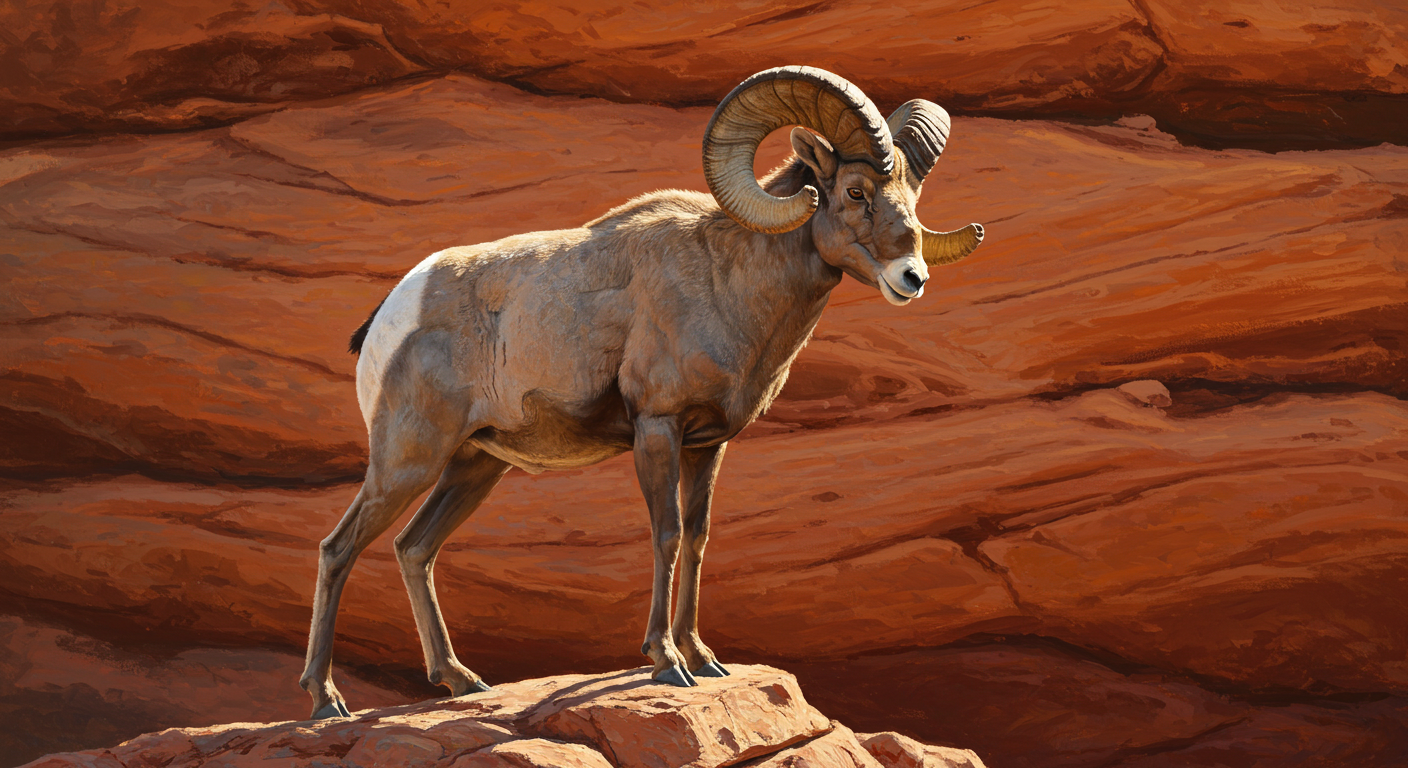When you hear the term painted desert ram, you might imagine a mythical creature born from the vibrant colors of a desert sunset. In reality, the painted desert ram is just as breathtaking—an extraordinary breed of sheep that combines stunning beauty with rugged resilience. These magnificent animals are not just eye-catching; they embody a rich history and a unique role in the world of livestock and wildlife.
In this article, we’ll explore the history, appearance, behavior, and significance of the painted desert ram, diving deep into why this remarkable animal has captured the hearts of farmers, hunters, and animal enthusiasts alike.
Read more: root canal photos
Origins of the Painted Desert Ram
The painted desert ram is a relatively new breed, having been developed in the United States during the late 20th century. It originated from a mixture of several exotic sheep breeds, including Mouflon, Corsican, and other wild and domestic varieties. Breeders aimed to create a sheep that possessed striking coloration, impressive horns, and hardy survival traits.
Unlike traditional sheep bred primarily for wool or meat, the painted desert ram was created with beauty and ruggedness in mind. The breed quickly gained popularity for game ranches, hunting preserves, and private farms due to its exotic appearance and the challenge it presents to hunters.
Physical Characteristics
One of the most striking features of the painted desert ram is, unsurprisingly, its appearance. The breed is famous for its vibrant, multi-colored coats, which can include combinations of white, black, brown, red, tan, and gray. No two painted desert rams look exactly the same, making each animal a unique work of natural art.
The rams are known for their massive, spiraling horns that can extend several feet in length. These horns are not only a symbol of strength and dominance but also serve as an important tool during mating season, when rams engage in fierce battles to establish hierarchy.
Physically, painted desert rams are lean and athletic. They typically weigh between 100 to 160 pounds, though some individuals may be larger depending on diet and habitat. Their bodies are built for agility and endurance, traits that have allowed them to thrive in diverse environments.
Behavior and Temperament
Despite their wild appearance, painted desert rams can display a surprisingly calm demeanor, especially when accustomed to human interaction. However, they retain many of the instincts of their wild ancestors, such as a strong flight response to perceived threats and an innate wariness of predators.
During the rut, or breeding season, males can become highly territorial and aggressive toward one another. It’s not uncommon to hear the thunderous clash of horns as two rams battle for dominance. These battles, while intense, rarely result in serious injury due to the structure of their horns and skulls, which are designed to absorb impact.
Painted desert rams are highly intelligent animals with a strong sense of their environment. They prefer open landscapes where they can easily spot danger, but they are also adept at navigating rugged terrain.
Habitat and Care
While the painted desert ram was bred in the United States, its name pays homage to the colorful landscapes of the Painted Desert region in Arizona. However, these rams are adaptable and can thrive in a variety of climates, from arid deserts to grassy plains.
For those raising painted desert rams on farms or ranches, it’s important to provide ample space for grazing and exercise. These animals are natural foragers and do best with access to pasture and natural vegetation. Supplemental feeding with quality hay and grains can support optimal health, especially during the winter months.
Shelter from extreme weather is also essential. While painted desert rams are hardy, they benefit from access to shade in the summer and windbreaks in the winter.
Healthcare is relatively straightforward. Like other sheep breeds, painted desert rams need regular deworming, hoof care, and vaccinations to prevent common livestock diseases.
Painted Desert Rams in Hunting and Conservation
One of the reasons the painted desert ram has become so well-known is its role in the hunting industry. Game ranches and exotic hunting preserves across the United States feature painted desert rams as prized trophies. Their striking appearance and challenging nature make them a favorite among hunters seeking an exciting, ethical hunt.
Ethical hunting of painted desert rams can actually contribute to conservation efforts. Many preserves invest in land management, habitat restoration, and herd health, ensuring that the painted desert ram and other exotic species can continue to thrive. In this way, the painted desert ram serves as a bridge between human recreation and environmental stewardship.
Painted Desert Rams as Livestock and Companions
Beyond the hunting world, the painted desert ram has found a niche among hobby farmers and livestock enthusiasts. Their manageable size, beautiful appearance, and relatively easy care make them an attractive addition to farms seeking diversity.
Painted desert rams and ewes can also be shown in livestock exhibitions, where their unique coloration and horn size are judged. Enthusiasts appreciate the breed for its hardiness and low-maintenance needs compared to more traditional sheep breeds.
Some owners even keep painted desert rams as part of petting zoos or educational exhibits, showcasing the diversity of domesticated and exotic animals to the public.
Why the Painted Desert Ram Captivates Us
There’s something almost magical about the painted desert ram. It represents a fusion of natural beauty, strength, and resilience. Each ram, with its kaleidoscopic coat and massive horns, stands as a testament to nature’s artistry and humanity’s careful stewardship.
Whether admired from afar, raised on a family farm, or pursued on a game ranch, the painted desert ram continues to inspire awe and respect. Its vivid colors, bold spirit, and fascinating history make it one of the most unique and cherished breeds in the world of exotic animals.
For those seeking a connection to the wild beauty of nature—whether through photography, farming, or conservation—the painted desert ram offers a vivid reminder that sometimes, the most incredible treasures are born when we let nature paint outside the lines.










